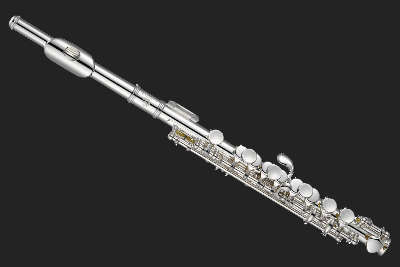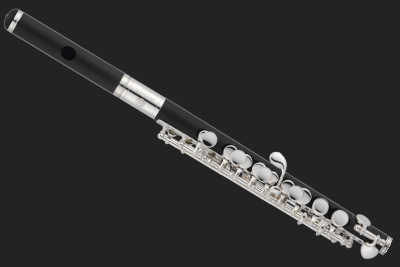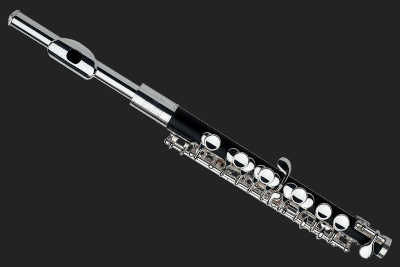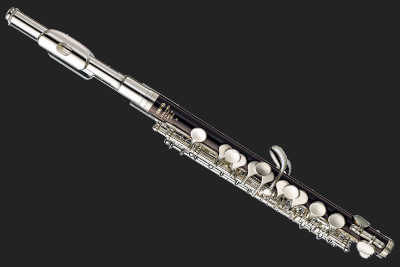From $38/mo
The piccolo is a half-size flute that plays in a higher octave (range) than the music actually written for it. It is featured prominently in modern military marches like "The Stars and Stripes Forever" by John Philip Sousa.
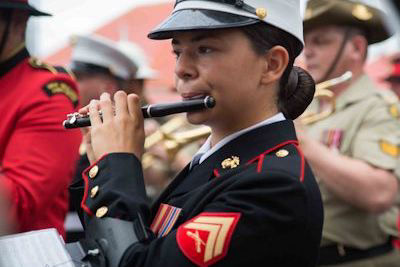
Month-to-month, rent-to-own, return or trade anytime
36-month rent-to-own with no minimum rental term. Return, upgrade, or switch instruments anytime. You will own it after 36 payments.
Free maintenance & repairs
And we mean free! No extra monthly fees. Free shipping with most repairs completed within a week. Don't get stuck paying an extra $5 to $10 per month for a maintenance plan.
Free shipping & returns
Nationwide fast, free shipping. Most orders ship the same day or within one business day.
Early purchase & upgrade discounts
Purchase anytime while renting and save 50% off your remaining balance. Upgrade anytime while renting or up to 5-years after paying off your rental and get 70% of your on-time payments back in trade.
